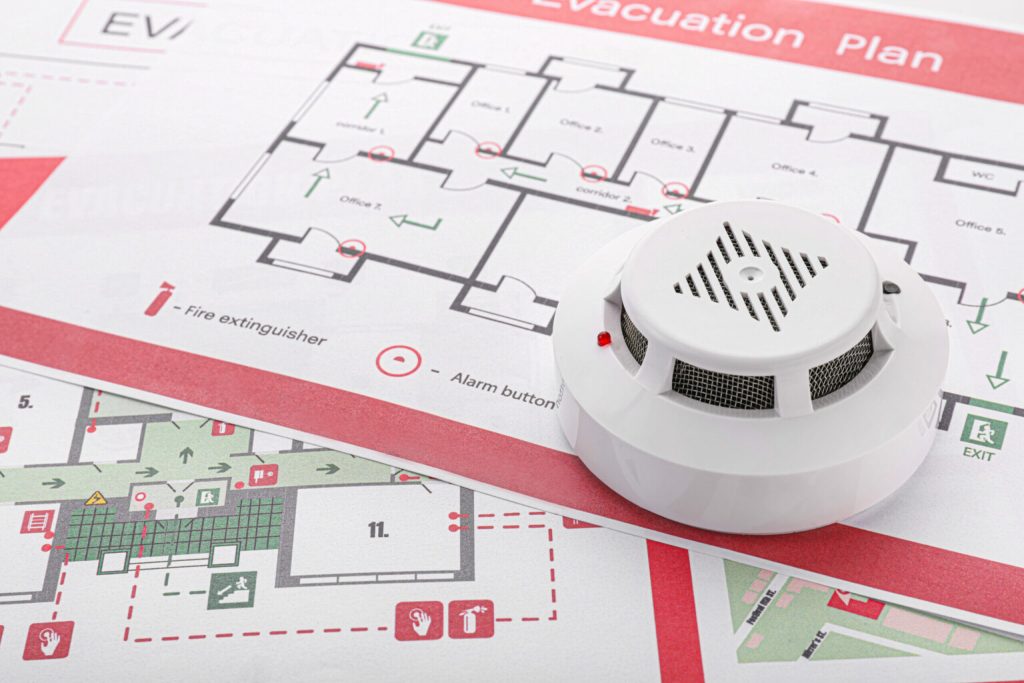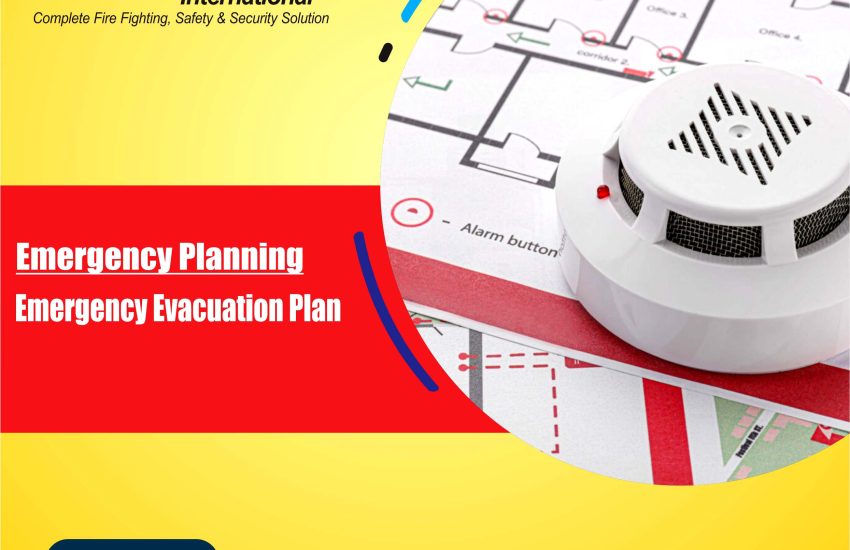Emergency Evacuation Plan is essential for workplace safety and preparedness. In emergencies, such as fires or natural disasters, having a well-organized evacuation plan can save lives and reduce potential damage. This article covers the importance of emergency evacuation plans, key components, and best practices. Additionally, we’ll explain how to create an effective evacuation plan for your organization.
What is an Emergency Evacuation Plan?
An emergency evacuation plan is a set of procedures designed to evacuate people from a building or area during an emergency. It includes evacuation routes, exit points, assembly areas, and communication strategies. The goal is to ensure safety, minimize harm, and guide individuals on what actions to take during emergencies.
Why is an Emergency Evacuation Plan Important?

An emergency evacuation plan is crucial for several reasons:
- Employee Safety: The main goal is to ensure all individuals can evacuate quickly and safely.
- Legal Compliance: Many countries require businesses to have an evacuation plan to meet safety regulations.
- Preventing Injuries: A good plan reduces the risk of injuries and fatalities by guiding people to safety.
- Business Continuity: Quick evacuation minimizes damage, helping businesses resume operations faster.
- Peace of Mind: A well-prepared plan provides confidence and security for employees.
Key Components of an Emergency Evacuation Plan
A complete emergency evacuation plan should include these components:
1. Evacuation Routes
Evacuation routes should be clearly marked and easy to follow. They must be free from obstacles and accessible to everyone, including people with disabilities. Multiple exit routes should be available to avoid congestion in case one route is blocked.
2. Exit Points and Assembly Areas
Identify all exits and designate assembly points outside the building. These areas should be safe, easily accessible, and far from the building to prevent further danger.
3. Roles and Responsibilities
Assign specific roles to individuals, such as fire wardens, first-aid responders, and team leaders. Everyone should know their responsibilities to act quickly during an emergency.
4. Communication Systems
Clear communication is vital during an evacuation. The plan should include how alarms, intercoms, and notification systems will be used to inform employees about the evacuation.
5. Evacuation Training and Drills
Training employees and conducting regular evacuation drills is essential. Drills help employees familiarize themselves with the plan, ensuring a smooth evacuation during real emergencies.
6. Special Needs Considerations
The plan should include provisions for employees with special needs. This includes individuals with mobility issues or hearing impairments, ensuring they are assisted during the evacuation.
7. Emergency Equipment
List emergency equipment such as fire extinguishers, first-aid kits, emergency lighting, and alarms. Ensuring their availability will help address the situation more effectively.
8. Post-Evacuation Procedures
After evacuating, the plan should specify how to account for all employees. This can include roll calls, sign-in sheets, or tracking apps to ensure everyone is safe.
Steps to Create an Emergency Evacuation Plan
Follow these steps to create an effective evacuation plan:
1. Conduct a Risk Assessment
Identify potential hazards and assess the types of emergencies that may require evacuation, such as fires, earthquakes, or chemical spills.
2. Designate Evacuation Routes and Exits
Plan and clearly mark evacuation routes. Make sure they are easily accessible for everyone, including people with disabilities.
3. Assign Roles and Responsibilities
Designate team leaders, fire wardens, and key personnel who will assist in the evacuation and ensure everyone follows the plan.
4. Install Communication Systems
Set up alarms, public address systems, or other messaging systems to notify employees and provide instructions during an emergency.
5. Train Employees and Conduct Drills
Ensure employees know how to evacuate the building by running regular training and evacuation drills. Review the plan periodically to keep it fresh in their minds.
6. Review and Update the Plan
Regularly review the evacuation plan and make updates as necessary. Changes to the building layout, number of employees, or new regulations should be considered.
Best Practices for Emergency Evacuation
Here are some best practices for implementing an effective evacuation plan:
1. Clear Signage
Use visible signs to mark evacuation routes and exits. These signs should be easy to follow, even in low visibility.
2. Maintain Accessibility
Ensure that all evacuation routes are accessible for individuals with disabilities. This may include wider doors or ramps for wheelchairs.
3. Practice with Employees
Conduct regular drills and train employees on how to use emergency equipment and evacuate the building safely.
4. Monitor and Improve
After each drill, assess the process and identify areas for improvement. Regularly update the plan to reflect changes in the building or procedures.
5. Emergency Kit
Keep an emergency kit with first-aid supplies, flashlights, batteries, and water in an easily accessible location.
6. Documentation
Maintain documentation of your evacuation plan and any updates. This will help ensure compliance with safety regulations and provide a reference for future improvements.
Conclusion
Emergency Evacuation Plan is essential for protecting your employees and business in a crisis. By designing a comprehensive plan, providing training, and conducting regular drills, you can ensure a safe and efficient evacuation. The right plan helps reduce the risk of injuries, complies with legal requirements, and promotes business continuity. Take the necessary steps to prepare your workplace for any emergency situation.


